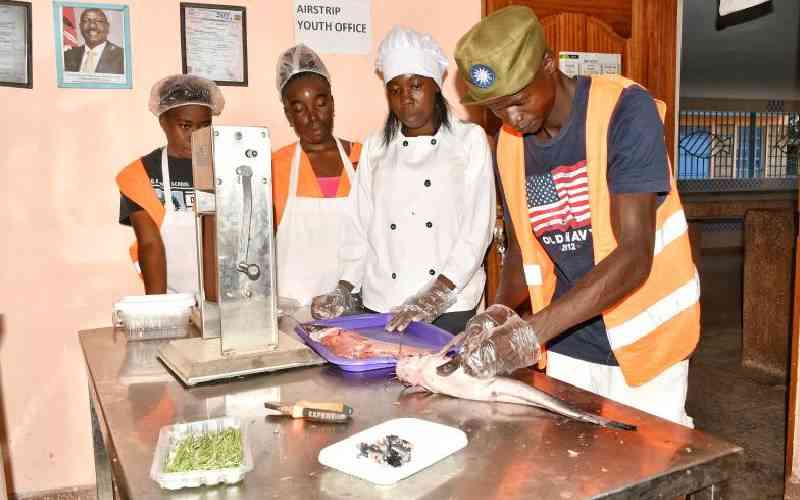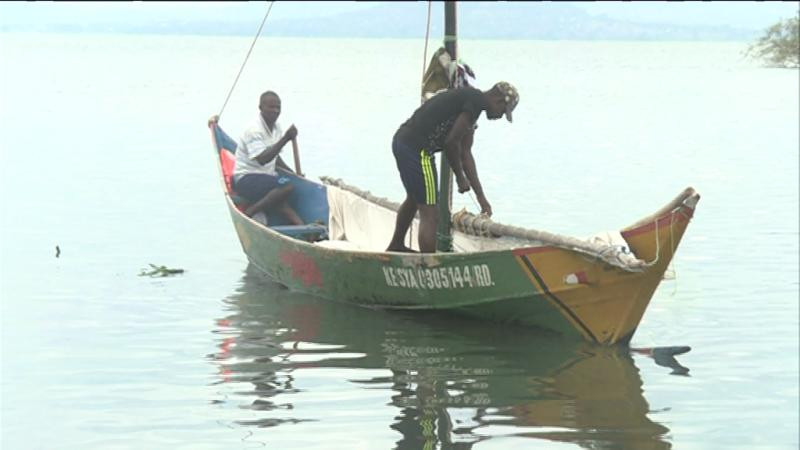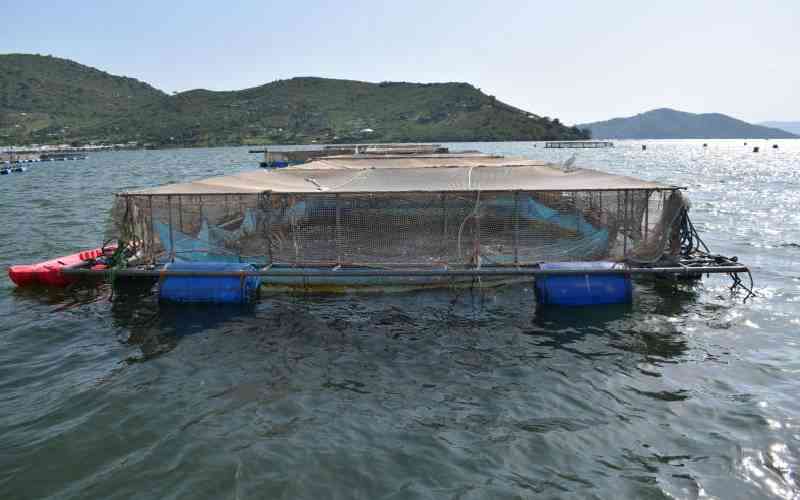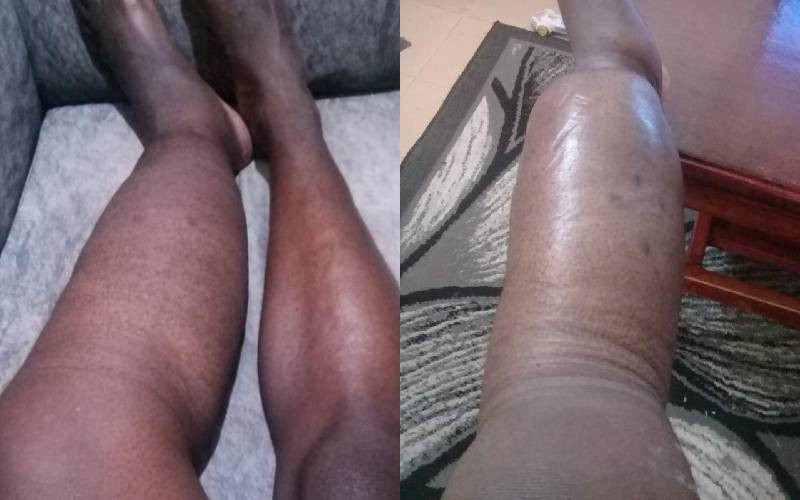Fishermen in Siaya County are cashing in on the sale of Nile perch even as many wonder why there is high demand for the fish swim bladder, popularly known as ‘mondo’. Many fish use swim bladders to help them with quick depth changes. These bladders fill with air to help fish rise or release air so fish can sink, often in conjunction with forward movement.
Some fish, however, don’t have swim bladders.
Nile perch and mudfish are particularly famous for their huge swim bladders, which sometimes can weigh as much as two kilogrammes.
Tobias Ochieng, chairman of Siaya County Beach Management Unit, says the product goes for a fortune in Siaya, given its elite clientele.
Many people who purchase that particular part of the fish are mainly Chinese and Indians, who have remained mum on its use.
Mr Ochieng says he was only told by some people it is used for manufacturing of absorbable suture, the thread used for sewing wounds after surgery. The fishermen, however, are still in the dark on what other important things Mondo is used for, owing to its huge demand.
“Apart from the uses we know, our customers who are mostly Indians and Chinese never reveal to us what else they use mondo for,” said Ochieng.
Ochieng said they sell the product quite expensively depending on the sizes. From 100 grams to 200 grams size, a kilogramme goes for Sh4,000, from 201g to 400g goes for Sh6,000 a kilogramme, 401g to 600g (Sh9,000) while 601g to 999g sold at 16,000 per kilogramme.
A kilogramme of mondo goes for Sh27,000 while two kilogrammes and above fetches Sh45,000. Ochieng claims that without that special product in Nile perch, the fish is useless.
He says for a Nile perch weighing 60kg with the Mondo inside, a kilogramme of the fish goes for Sh650 each, translating to Sh39,000.
He, however, says currently the sales are low since Ugandans who usually present a high demand for the fish product have since stopped, leaving the Indian community from Kisumu to buy the product.
Ochieng’ claims this has affected their businesses, since the Indians now want to purchase the product at lower prices.
Last week, The Standard on Sunday team visited several fish land sites to find out what other use mondo has. At our first stop at Lwanda Kotieno, we found several fishermen willing to tell us more about the mondo, but were blank about its uses, why it is expensive and preferred by a certain clientele.
“What we know is that brokers, from as far as Uganda, come here for the parts. Indians, who are mostly our clients, refuse to buy our fish if that part is removed,” says Mr Dickens Odhiambo.
After minutes of convincing, he accepted to take us to one of his clients. We found the buyer at a guest house near the lake. He was of Ethiopian origin and dressed expensively.
His partner, a local, wanted to know why we wanted information on mondo. We told him we were researchers on fishing. He reluctantly accepted to talk to us, so long as we did not take their photos.
He said mondo is first of all used for the manufacture of surgical sutures, which decomposes in the body.
Stay informed. Subscribe to our newsletter
According to scientific writings, the method for the manufacture of these sutures involves extraction of the gut from fresh or live fish, which is washed with water and then dipped for a few hours in a solution containing chemicals that remove impurities and soluble proteins. The fibres are finally smoothened and sterilised.
But his next explanation on the use of mondo shocked all of us. Apparently, the fish part, which is white and resembles a bag in shape, is used for transporting drugs, including heroin, cocaine and other banned substances.
Our source said the drugs could be going past the border into Uganda, after which they are redirected to other countries. The Standard on Sunday could however not independently establish how true this was, but the source insisted: “The ‘bags’ are said to pass any high-tech detection, and are destined for China, Bankok and Thailand.”
The clients are mostly non-Kenyan, but the middlemen buying the stuff from Kenyan fishermen are locals and Kenyans of Asian origin.
Our team left there almost convinced that this could be why mondo is considered more valuable than the fish itself and why in most beaches, the part is extracted only from big fish and sold for as much as Sh35,000 per kilo. We, however, are still investigating and will go back there to confirm whether this is truly so.
 The Standard Group Plc is a
multi-media organization with investments in media platforms spanning newspaper
print operations, television, radio broadcasting, digital and online services. The
Standard Group is recognized as a leading multi-media house in Kenya with a key
influence in matters of national and international interest.
The Standard Group Plc is a
multi-media organization with investments in media platforms spanning newspaper
print operations, television, radio broadcasting, digital and online services. The
Standard Group is recognized as a leading multi-media house in Kenya with a key
influence in matters of national and international interest.
 The Standard Group Plc is a
multi-media organization with investments in media platforms spanning newspaper
print operations, television, radio broadcasting, digital and online services. The
Standard Group is recognized as a leading multi-media house in Kenya with a key
influence in matters of national and international interest.
The Standard Group Plc is a
multi-media organization with investments in media platforms spanning newspaper
print operations, television, radio broadcasting, digital and online services. The
Standard Group is recognized as a leading multi-media house in Kenya with a key
influence in matters of national and international interest.








